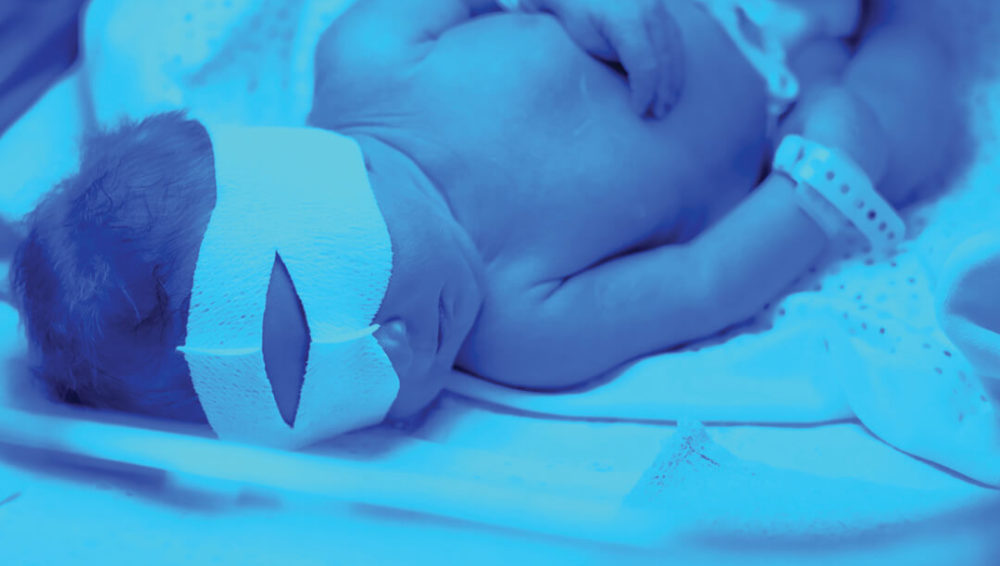Understanding why your child might turn yellow after birth
Looking Forward

Jaundice is a common condition in newborn babies that causes yellowness of the skin and eyes, but it is often harmless.
It mostly appears in the first 5 days of life and goes away on its own within two weeks without causing any harm.
What causes jaundice in newborns?
In most cases, jaundice occurs because the young liver in newborns is not yet able to process an excess of bilirubin. Bilirubin is a yellow substance, produced when red blood cells are broken down. If the liver still can’t break it down, it shows in the eyes and the skin color.
In some cases, it is caused by the mother breast milk, probably due to an increased concentration of an enzyme (β-glucuronidase) in breast milk.
In rare cases, jaundice may be caused by other things, such as an infection, a problem with the baby’s digestive system, or an incompatibility with the mother blood type (Rh incompatibility).
What are the symptoms?
Baby’s skin and the white part of the eyes will look yellow. The yellow color shows up first in the face and chest, usually 1 to 5 days after birth. Breast-milk jaundice appears a few days later.
A baby whose bilirubin level is high may:
- Get more yellow
- Be sluggish and not suck well
- Be cranky or jittery
- Arch the back
- Have a high-pitched cry
Jaundice is very common, usually totally harmless and disappears between 1 to 3 weeks after birth.
Only a level of bilirubin that’s too high can be dangerous. If your baby has any strong symptoms, see a doctor.
How is jaundice in newborns diagnosed?
Your doctor will do a physical exam and might ask if you and your baby have different blood types. He will place a device against your baby’s skin to check the little one’s bilirubin level, and then a blood test for bilirubin may be done to find out if there’s a need for treatment. Over 50% of all babies have higher bilirubin levels when they come to this world.
How can jaundice be treated?
Phototherapy is the most common treatment for reducing high bilirubin levels. But a baby with severe jaundice caused by Rh incompatibility may need a blood transfusion where small amounts of baby’s blood are removed and replaced with blood from a matching donor.
When is treatment recommended?
Treatment is recommended if bilirubin levels reach:
- 15 mg/dL in newborns 25-48 hours old
- 18 mg/dL in newborns 49-72 hours old
- 20 mg/dL in newborns older than 72 hours
What happens during phototherapy?
In the standard form of phototherapy, your baby lies in a bassinet or incubator and is exposed to a type of fluorescent light that is absorbed by your baby’s skin. During this process, the bilirubin in the baby’s body is changed into another form that can be more easily excreted in the stool and urine. A baby with jaundice may need to stay under a phototherapy light for several days. Phototherapy doesn’t damage a baby’s skin.
During this type of phototherapy:
- The baby is naked so that as much of the skin as possible is exposed to the light
- The baby’s eyes are covered to protect the nerve layer at the back of the eye (retina) from the bright light
- The bilirubin level is measured once a day
How to treat your baby at home?
If your baby has normal jaundice, make sure that the little one drinks a lot and you spend a few minutes every day with your naked baby in the sun. If you do that, make sure you protect your baby’s eyes and your child doesn’t get too hot. Water and sunlight both will help your baby’s body get rid of the extra bilirubin.
Verified:
Dr. Piyawut Kreetapirom, MD. license no. 41578 (23 April 2019)



